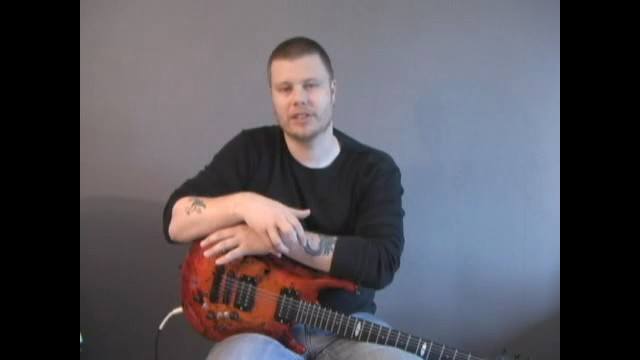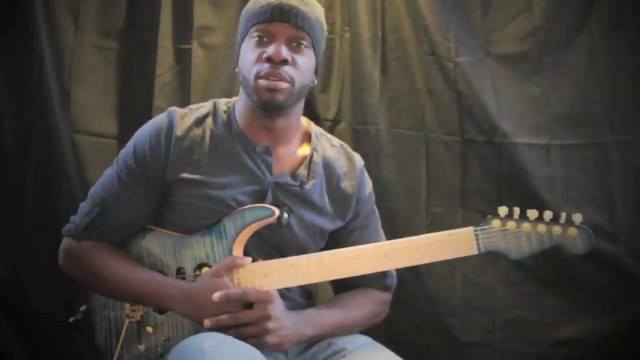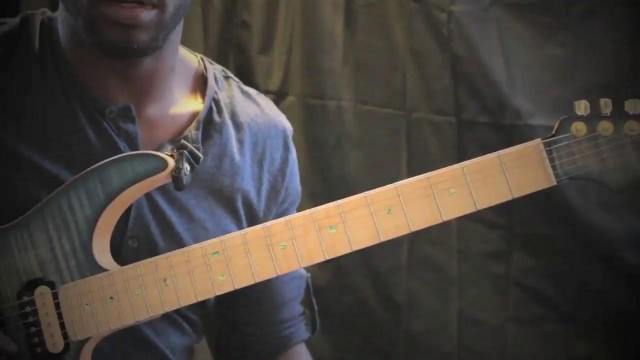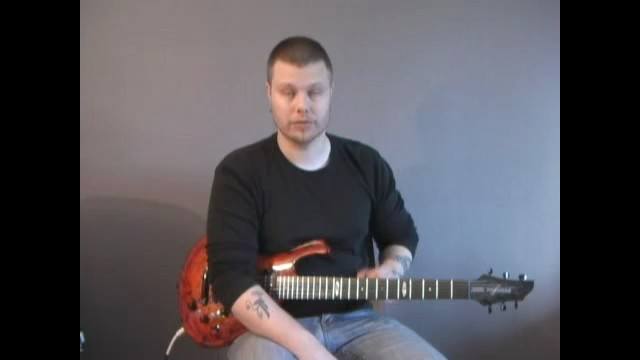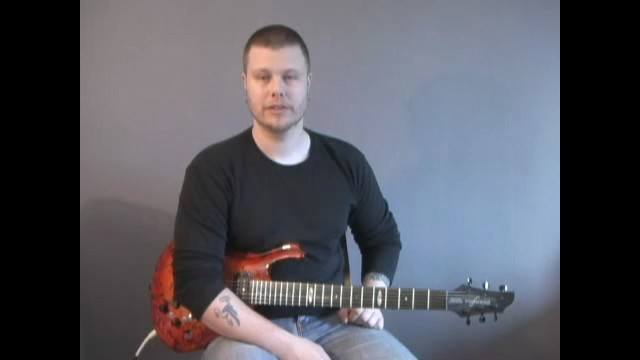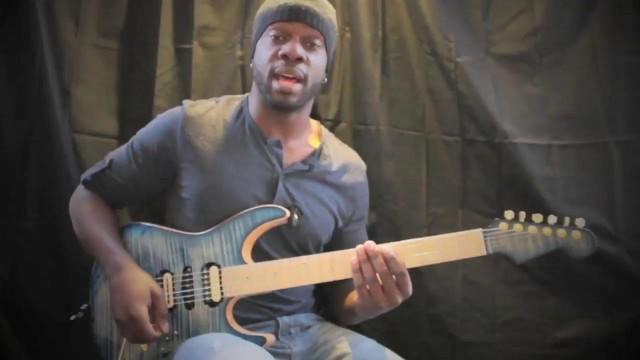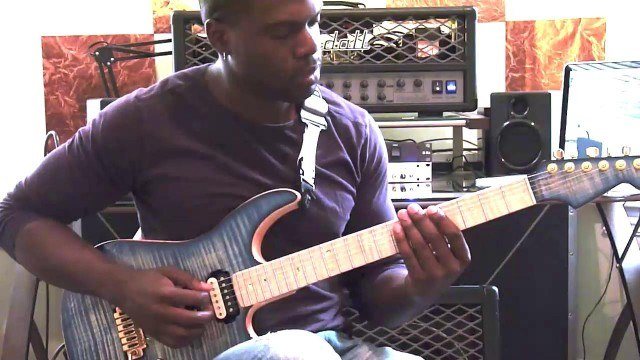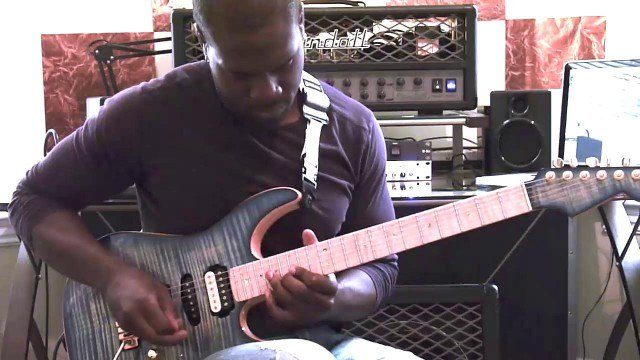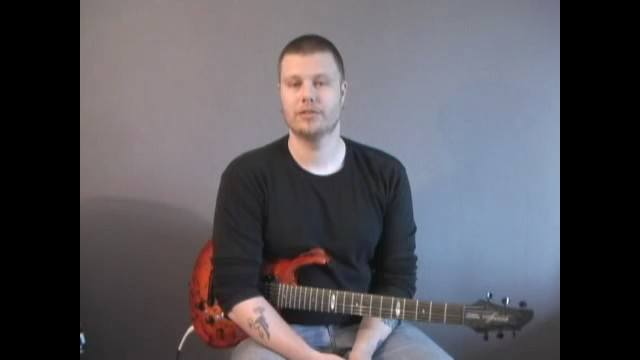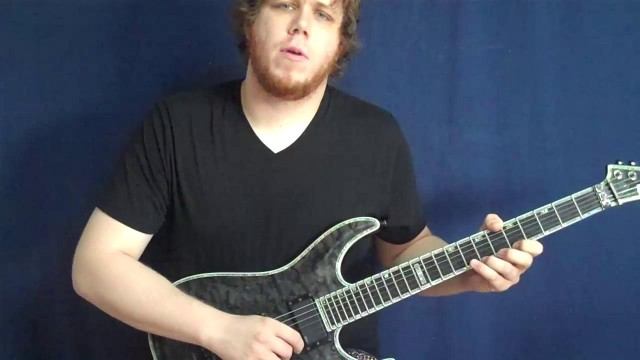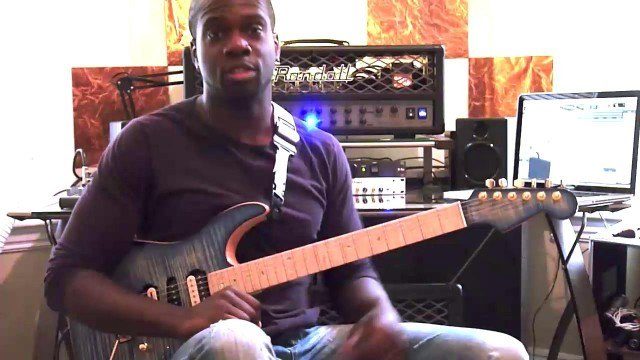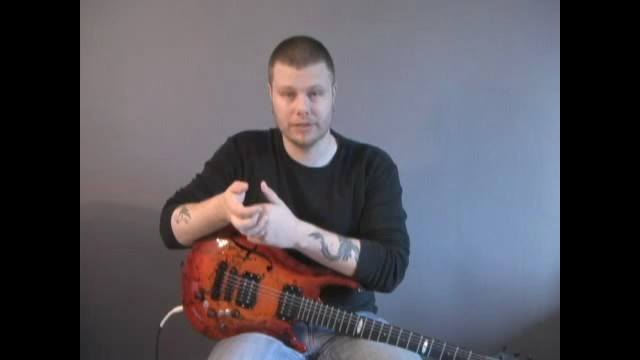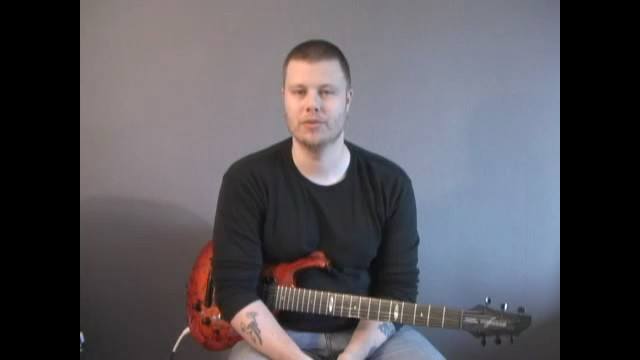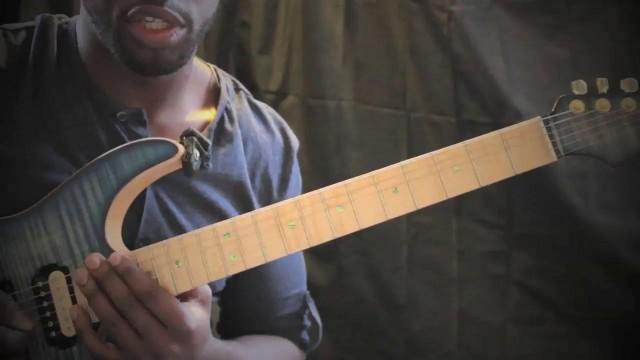Welcome guitar slingers!
The goal of the Timing and Note Value Alteration tutorial is to expand your improvisational and musical abilities drastically. When you apply these concepts, I can guarantee you that you improvisational skills in all styles will increase exponentially, and you will be that much closer to unlocking your full potential!
Before launching head on into this tutorial, I must advice you to first backtrack and review my other improvisational tutorials in the right order (for the best results). The order in which they are supposed to be followed are:
Timing and Note Value Alteration
So what IS Timing? And what is Note Value Alteration?
Most sources define timing as the concept of adjusting the timing of notes or beats in certain ways. The basic way of looking at timing is as the ability to play to a certain tempo, and not deviate from that tempo. To be "tight". This ability is fundamental to be able to play together with other musicians. Everyone have to be able to keep to a certain tempo, and play in unison with each other.
However, there are also concepts such as "loose time", playing "ahead" or "behind" the beat. These are concepts most often found in Jazz. This mean that even though you know the fixed, exact tempo you're playing over, you choose to playing slightly against this, "rushing" ever so slightly, to create a feeling of tension and momentum in your playing. This is something that can take a lifetime to master, and must be practiced together with other musicians for full effect. Check out masters like John Coltrane (saxophone), Miles Davis (trumpet) or John Scofield (guitar) to experience this approach in real life. With this said, this specific approach is not something we will cover in this tutorial. For one thing, it is very, very hard to notate such playing and get the message across. The very best way to learn this is to listen and copy other musician’s ideas and lines, and then incorporating this in to your own playing. In this tutorial, we will work with much more practical concepts.
This brings us to the concept of Note Value Alteration. What this entail is the ability to play any note value, over any tempo, The ability to “know” every note value and their inherit sound and feel, just like you currently “know” and “feel” the sound of a minor or major chord, or maybe know the sound and feel of the Dorian mode. You need to develop an EAR for timing and note value, just as you do for notes themselves. What will this do for you? Well, for starters, you will NEVER again find yourself playing over a tune, and feel that your licks and lines just doesn’t work. You will have the ability to instantly adjust any lines or idea to a suitable note value over the beat you are playing to. In the end you will be able to improvise as much with rhythms as with note choice or technique. THEN you will be well on your way to being a complete improviser! The concept of timing and note value alteration will also vastly increase your ability to cross genres, and assimilate other players style or ideas.
As you will hear in the video, I also talk about what makes a good improviser, and why certain players just stick out more than others. I also talk about the “4 Pillars of Improvisation”.

This in essence mean that you need to support and build your improvisational skills on 4 base pillars being Timing, Technique, Theory and Musical Ear . You don’t have to excel in all of these, but they must all be present to some extent to have balance. Also, the strength of each pillar differs between various musical styles. Say you play shred in a metal band. Then your strongest pillars would need to be Technique and Musical Ear (having fine tuned your ear to that specific style). Timing in that music would not need to be refined, you won’t be doing any complicated or extreme note value alterations. Say however you want to play fusion jazz. Then you would need Timing, Theory and Ear more than Technique. Your tech needs to be at the level that you can express what you want in that genre, not more. Say you wish to be a great blues player. Then too much "shred" type technique will actually mean you will sound less like a blues player. The combination and content of the 4 pillars, needs to be suited for your personal musical goals. Here more of my thoughts on this in the video.
Before beginning though, there are some basics you need to cover. You need to have a thorough knowledge of note values, and the theory behind them. So, if you haven’t already I suggest you check out the following tutorials;
Robert Mussatti’s Basic Music Theory tutorial, and also his Reading Music for Guitar tutorial. These are both good starting points that you really need to grasp if you are going to make the most out of this tutorial.
Ok then, have you watched the intro vid as well? Good! Then see you on the next page for examples 1a-b.















